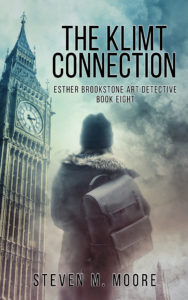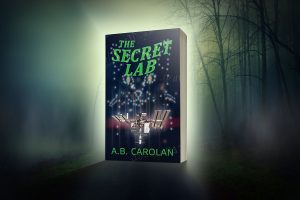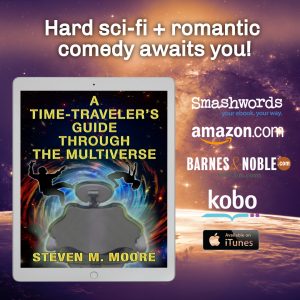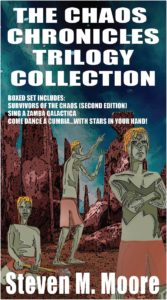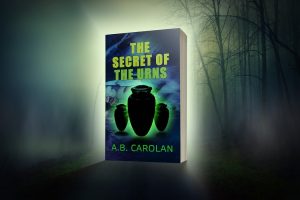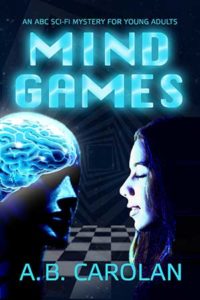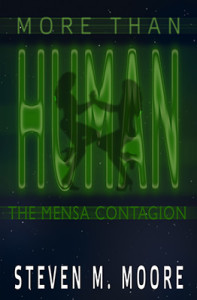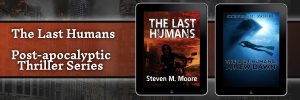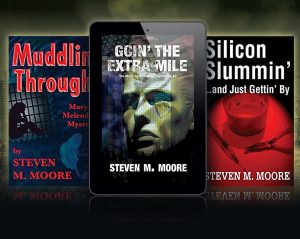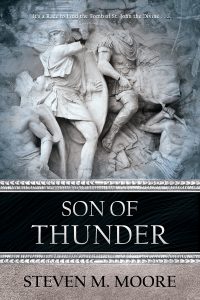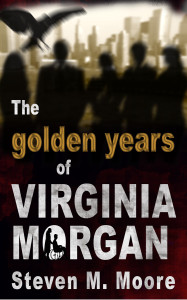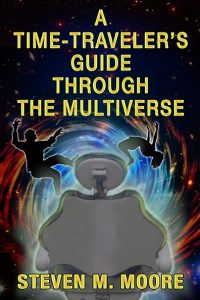Retirement…
Friday, June 10th, 2022Not mine but Esther Brookstone and Bastiann van Coevorden’s! Celtic Chronicles, #9 in the “Esther Brookstone Art Detective” series, will be the last novel in that series.
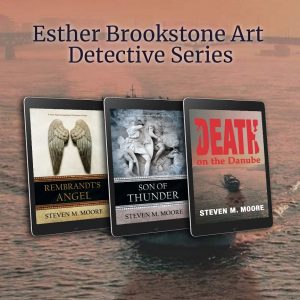 In the beginning (somewhere in 2015, if not earlier), I began to write Rembrandt’s Angel on a whim without any intentions of giving Esther a series. I had this niggling idea for many years after reading Agatha Christie’s novels as a kid, really a question: Why didn’t she ever put Miss Marple and Hercule Poirot together to solve a crime? Esther and Bastiann became my twenty-first versions of those famous sleuths, Esther a bit more spry and worldly than Miss Marple and Bastiann identifiable with Poirot only because he looks like David Suchet, the actor who played Poirot so well. I also wanted to try traditional publishing again. I was in an experimental frame of mind (that occurs often enough now—see the previous post). Penmore Press liked my idea enough to publish the first novel in the series.
In the beginning (somewhere in 2015, if not earlier), I began to write Rembrandt’s Angel on a whim without any intentions of giving Esther a series. I had this niggling idea for many years after reading Agatha Christie’s novels as a kid, really a question: Why didn’t she ever put Miss Marple and Hercule Poirot together to solve a crime? Esther and Bastiann became my twenty-first versions of those famous sleuths, Esther a bit more spry and worldly than Miss Marple and Bastiann identifiable with Poirot only because he looks like David Suchet, the actor who played Poirot so well. I also wanted to try traditional publishing again. I was in an experimental frame of mind (that occurs often enough now—see the previous post). Penmore Press liked my idea enough to publish the first novel in the series.
Still in that experimental mood, I decided I wanted to write about the mysterious St. John the Divine. He was the longest-lived of the disciples, but little is known about him after the Resurrection. As it turned out, Son of Thunder, #2 in the series (also published by Penmore), betters Dan Brown’s The Da Vinci Code in the sense of eliminating his awful conspiracy theories and getting the history right. (I suppose some would call Brown’s novel a negative influence then, but I was already far into the novel-writing mode by the time I saw the movie, which made me read his novel…because usually the novel is better that the movie! With the book, I was able to create my own image of the main character; Tom Hanks didn’t do it for me!)
In Death on the Danube, #3 in the series, my thoughts turned again to Christie’s novels, and I decided to write something like Death on the Nile or Murder on the Orient Express: Bastiann, channeling Poirot, but helped by Esther aka Miss Marple, runs an investigation on a riverboat (its ports of call on the Danube are what we experienced on a real cruise, notes about that serving as background material). To bring it into the twenty-first century (the riverboat actually does that as well), Putin’s SVR assassins make their first appearance in the series. They pester Esther and Bastiann in many of the remaining novels!
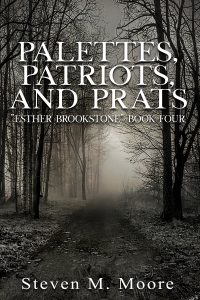 I’ll have to admit that all those remaining novels were also experimental. Even Death on the Danube was that as I bid farewell to Penmore Press and returned to self-publishing, using Carrick Publishing for the book and Draft2Digital for #4, #5, #8, and #9. I was now writing those novels, still mystery/thriller stories, even more in the style of British mysteries and crime stories, a tradition initiated by Dame Agatha, but still including thriller aspects that she never would dare to include.
I’ll have to admit that all those remaining novels were also experimental. Even Death on the Danube was that as I bid farewell to Penmore Press and returned to self-publishing, using Carrick Publishing for the book and Draft2Digital for #4, #5, #8, and #9. I was now writing those novels, still mystery/thriller stories, even more in the style of British mysteries and crime stories, a tradition initiated by Dame Agatha, but still including thriller aspects that she never would dare to include.
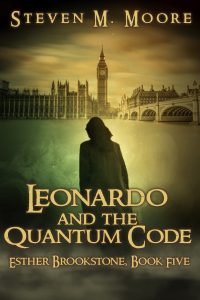 I give away Defanging the Red Dragon and Intolerance, #6 and #7 respectively, as free PDFs (see the “Free Stuff & Contests” web page to see how to download them). Beyond the freebie aspect, the first was an experiment because it’s a crossover novel between another series and Esther’s; the second is one because Esther participates in three different cases that are described well by the title. I decided to give them away, thinking the series was drawing to a close, but Esther and Bastiann still had enough in them for The Klimt Connection and Celtic Chronicles, #8 and #9, respectively, which are published and not free.
I give away Defanging the Red Dragon and Intolerance, #6 and #7 respectively, as free PDFs (see the “Free Stuff & Contests” web page to see how to download them). Beyond the freebie aspect, the first was an experiment because it’s a crossover novel between another series and Esther’s; the second is one because Esther participates in three different cases that are described well by the title. I decided to give them away, thinking the series was drawing to a close, but Esther and Bastiann still had enough in them for The Klimt Connection and Celtic Chronicles, #8 and #9, respectively, which are published and not free.
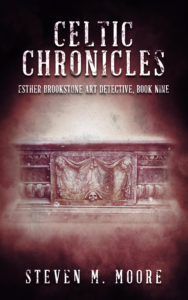 Yet Esther and Bastiann deserved to retire! I’ve put them through the wringer in nine novels. They were more than ready to pass the baton to new characters, new sleuths with their own gritty stories to tell, ones that Agatha might enjoy reading to catch up on twenty-first century concerns in the UK and the world.
Yet Esther and Bastiann deserved to retire! I’ve put them through the wringer in nine novels. They were more than ready to pass the baton to new characters, new sleuths with their own gritty stories to tell, ones that Agatha might enjoy reading to catch up on twenty-first century concerns in the UK and the world.
There were several characters anxiously awaiting their chance to receive those batons from those tired sleuths, but I picked DI Steve Morgan. He played a major role in #8, and he has the right pedigree—ex-Scotland Yard DI, an independent thinker, and a man with little patience for police bureaucracy. This young and tough copper is probably good for a new series (the preview of the first novel is found in Celtic Chronicles), but in order not to jinx things, I don’t want to continue to subtitle Legacy of Evil, that first book, “DI Steve Morgan, Book One.”
***
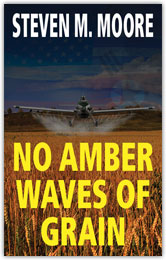 Comments are always welcome. (Please follow the rules on my “Join the Conversation” web page. If you don’t, your comment will be labeled as spam and not appear.)
Comments are always welcome. (Please follow the rules on my “Join the Conversation” web page. If you don’t, your comment will be labeled as spam and not appear.)
The “Clones and Mutants” Trilogy. While all my titles, including those above, are reasonably priced, you might not want to miss this June’s 99-cent sale on Smashwords! All novels in this trilogy are on sale: In Full Medical (VJ53C), you’ll meet the clones; in Evil Agenda (UD66S), a nubile mutant is added to the mix; and in No Amber Waves of Grain (UV43P), the arch-villain from the first two books teams up with a clone and mutant to thwart another villain and mutant’s plan to destroy the West. All these are “evergreen,” i.e. as suspenseful and entertaining as the day I finished their manuscripts. The sale price $0.99 should appear when you peruse each book’s page on Smashwords, but you can use the indicated coupon codes if they don’t. Enjoy!
At pubprogressive.com yesterday: “Again?” (my plea for common-sense gun control).
Around the world and to the stars! In libris libertas!
